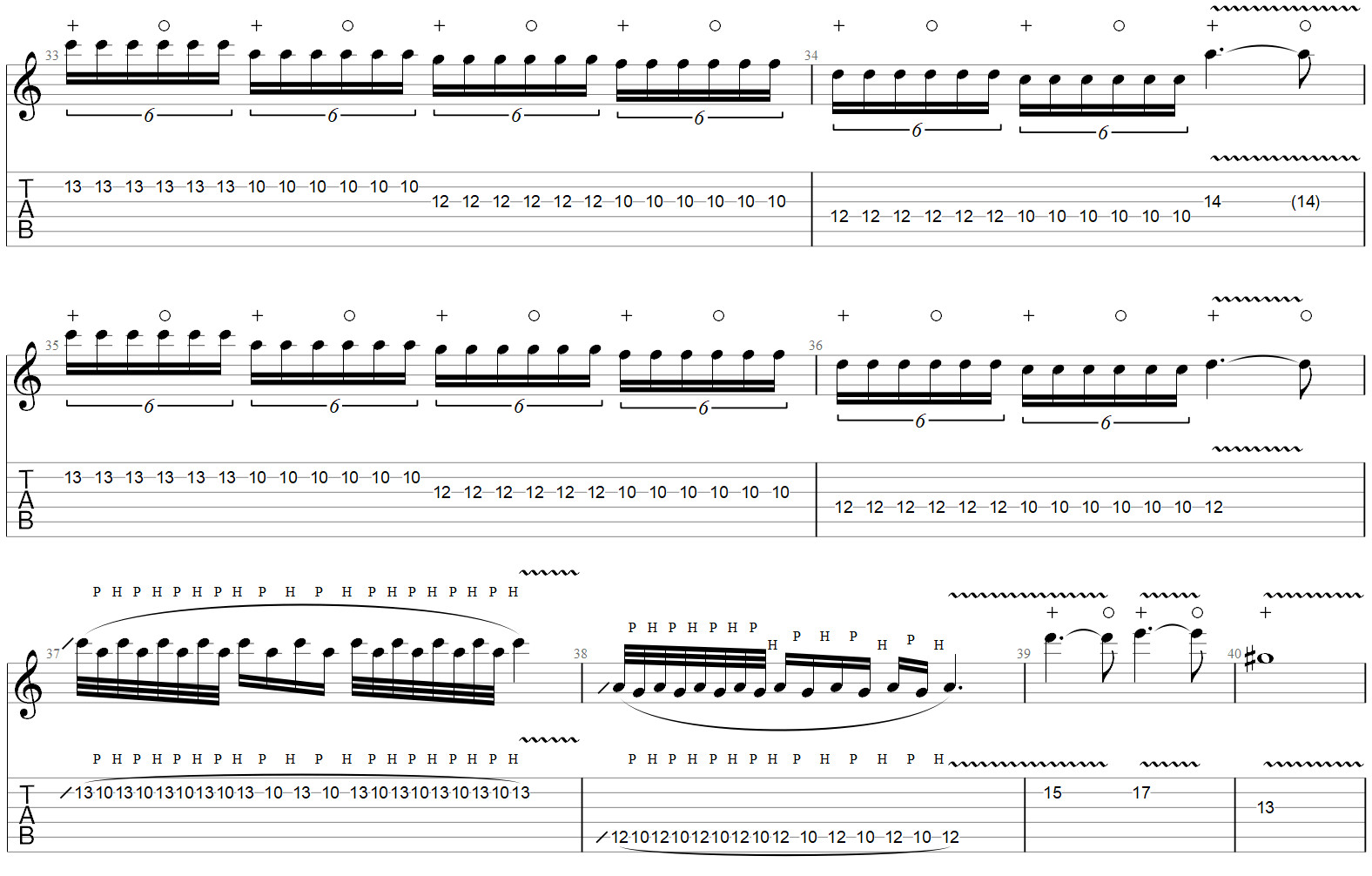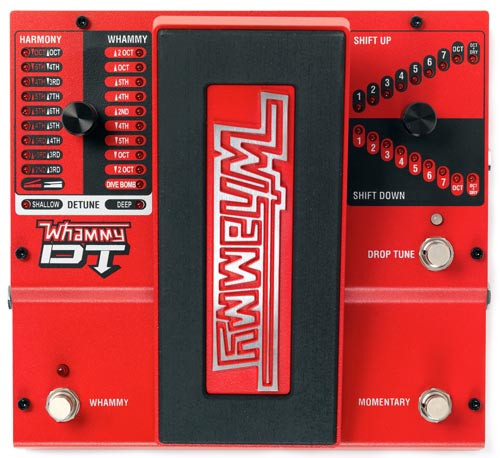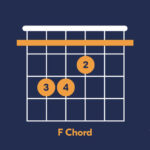“Killing in the Name” by Rage Against The Machine isn’t just a song; it’s a sonic Molotov cocktail. Released on their self-titled debut album in 1992, this track became an anthem, fueled by its raw energy and politically charged lyrics. For guitarists, the song is instantly recognizable thanks to its earth-shattering main riff and the wildly inventive guitar solo crafted by the legendary Tom Morello. If you’re ready to dive into the heart of RATM’s sound, learning “Killing in the Name” is a must. It’s not only incredibly fun to play from beginning to end, but it also offers a fantastic lesson in impactful riff-writing and boundary-pushing soloing.
The Guitar Genius of Tom Morello
Tom Morello stands out as a truly unique voice in guitar playing. He’s not about shredding scales at lightning speed; instead, Morello’s genius lies in his ability to construct deceptively simple yet powerfully effective riffs and his pioneering use of guitar effects. His solos are less about traditional melodic phrasing and more about sonic exploration, often utilizing effects like the DigiTech Whammy pedal to create sounds that are both unconventional and instantly recognizable. Studying Morello’s work, both in Rage Against The Machine and Audioslave, is invaluable for any guitarist looking to break free from predictable playing and explore new sonic territories.
To delve deeper into Morello’s signature sound, exploring his gear and effects setup is highly recommended. You can find detailed breakdowns of Tom Morello’s RATM guitar rig and his Audioslave era gear to understand the tools behind his iconic tones.
“Killing in the Name” Guitar Solo: A Whammy Pedal Masterclass
The guitar solo in “Killing in the Name” is unlike anything you typically hear in rock or metal. Just when you expect a conventional guitar solo after the verse-chorus structure, Morello throws a curveball. The first time many guitarists hear it, the reaction is often bewilderment mixed with intrigue. Before the Whammy pedal became a more common tool, this solo sounded genuinely alien and revolutionary. It’s safe to say that Morello’s innovative use of the Whammy pedal in this solo has inspired countless guitarists to experiment with pitch-shifting effects.
What’s remarkable about this solo is its underlying simplicity. Without the Whammy pedal, the core guitar part is quite straightforward, almost something an intermediate player might come up with. However, when you introduce the Whammy pedal into the equation, it transforms into something truly extraordinary and signature to Tom Morello’s style.
This solo serves as a perfect illustration of how guitar effects can be a powerful catalyst for creativity, pushing your playing into uncharted waters. A Whammy pedal, in particular, is an incredibly expressive tool that can unlock a vast landscape of sonic possibilities. If you’re new to Whammy pedals, this solo is an excellent starting point to explore its potential.
Check out this video demonstration of the solo, showcasing both the sound with and without the Whammy pedal to fully appreciate its transformative effect:
[Insert YouTube Video Here if possible, or keep the text reference]
“Killing in the Name” Guitar Tab and Solo Breakdown
To truly learn this iconic solo, a guitar tab is essential. Here’s a look at the tab for the “Killing in the Name” guitar solo:

Click the tab image to view a larger version.
Alt text: Killing in the Name Guitar Tab – showcasing the notation for Tom Morello’s iconic guitar solo.
What Makes This Solo Work?
The beauty of this solo lies in its unexpected nature and effective use of simplicity. In a song that follows a traditional verse-chorus structure, the solo deviates sharply from typical rock or metal solo conventions. This unexpected shift is what grabs the listener’s attention and makes the solo so memorable.
Initially, the raw and almost chaotic sound might seem jarring. Many guitarists’ first encounter with this solo is often a mix of confusion and fascination. Before effects like the Whammy became commonplace, this sound was genuinely groundbreaking. Tom Morello’s pioneering use of the Whammy pedal in “Killing in the Name” has undoubtedly influenced generations of guitarists to embrace pitch-shifting effects in their own playing.
Despite its seemingly complex sound, the underlying structure of the solo is quite simple. Played without the Whammy pedal, it’s surprisingly accessible, potentially within reach for an intermediate guitarist attempting solo writing for the first time. However, the magic happens when the Whammy pedal is engaged, elevating it to something truly special and undeniably Morello’s signature.
This solo perfectly exemplifies how effects can be a potent source of inspiration, leading your guitar playing in exciting new directions. The Whammy pedal, in particular, is a fantastically fun and versatile tool, opening up a wealth of unexplored sonic avenues. For those unfamiliar with Whammy pedals, this solo offers an ideal entry point to begin experimenting and discovering its capabilities.
Gear and Effects to Nail the “Killing in the Name” Solo
The signature sound of this solo is inextricably linked to one piece of gear: the DigiTech Whammy pedal. While there might be other pitch-shifting pedals available, the DigiTech Whammy is the definitive choice for achieving this iconic effect.
The DigiTech Whammy DT (Read a full review here) is a top-tier option. It not only delivers the classic Whammy pitch-shifting heard in this solo but also expands your sonic palette with features like harmony modes, drop-tuning capabilities, and a momentary footswitch for on-the-fly effects.
 Alt text: DigiTech Whammy DT Pedal – the essential effects pedal for achieving the Killing in the Name solo sound.
Alt text: DigiTech Whammy DT Pedal – the essential effects pedal for achieving the Killing in the Name solo sound.
For this solo, the Whammy pedal is configured to shift the pitch upwards by two octaves when the pedal is in the toe-down position. This means in the heel-down position, you hear your normal guitar pitch. As you move the pedal forward, the pitch gradually bends upwards, culminating in a dramatic +2 octave jump at the toe position.
Looking at the guitar tab, you’ll see “+” and “O” symbols. These are standard notations for expression pedal control, like wah or Whammy pedals. “+” indicates moving the pedal to the toe-down position, and “O” signifies returning to the heel-down position.
If you’re using a multi-effects unit with an expression pedal, you can still approximate this effect. If a +2 octave shift isn’t available, setting it to +1 octave will provide a similar, albeit not identical, result.
To further enhance the solo’s sonic texture, incorporating multiple delay pedals set to different time intervals is crucial. Tom Morello is known to use two delay pedals simultaneously to create a rich, bouncing echo effect. The guitar solo in Audioslave’s “Like a Stone” provides another excellent example of how Whammy and delay pedals work in tandem to create atmospheric and captivating sounds.
For exercises and practical tips on mastering the Whammy pedal, check out this lesson on How to Use a Whammy Pedal. And if you’re curious to explore more songs featuring the Whammy pedal, this list of songs using a Whammy pedal is a great resource.
Music Theory Insights into the Solo
Examining the opening section of the “Killing in the Name” solo reveals a familiar scale pattern: the minor Pentatonic scale, specifically the first box shape. Starting at the 10th fret positions the solo in the key of D minor Pentatonic.
Given that “Killing in the Name” is played in Drop D tuning, and the open D string is heavily featured in the main riffs, the choice of D minor Pentatonic scale is logical. It naturally complements the song’s key and tonality.
The initial part of the solo is essentially a straightforward descending run through this scale. Beyond the rapid picking technique, it’s remarkably simple in its note choices. This highlights the versatility of the Pentatonic scale. When applied thoughtfully, it can streamline the soloing process, providing a framework for melodic ideas without overcomplicating things.
However, the solo concludes with a note that stands out, almost sounding dissonant or “out of place.” Analyzing the interval between the root note D and the final note (13th fret on the G string, which is G#), we find a diminished fifth or augmented fourth.
This interval, also known as a tritone (six semitones), has historically been called “the Devil’s Interval” due to its dissonant nature, linked to the Locrian mode in music history. The key takeaway is that tritones create a significant sense of tension and unease.
By ending the solo on a tritone, Morello masterfully creates a feeling of unresolved tension, perfectly mirroring the song’s aggressive and confrontational themes. Experimenting with tritones in your own playing can yield surprising and impactful results. While they can easily sound jarring if used haphazardly, in the right context, they can provide the perfect touch of dissonance and tension.
Technique and Practice Tips for “Killing in the Name” Solo
Compared to some intricate guitar solos, the technical demands of the “Killing in the Name” solo are relatively manageable. Here are key technique points to focus on when learning this solo:
- Consistency in Picking: The tremolo picking sections require consistent alternate picking. Inconsistent picking, especially when attempting to play too fast, will detract from the solo’s impact. Start practicing slowly and gradually increase speed, prioritizing evenness and control over raw speed. Clean, consistent picking at a moderate tempo sounds far more effective than sloppy, rushed playing.
- Whammy Pedal and Foot Synchronization: Pay close attention to how quickly you want the pitch to glide and precisely when to initiate the Whammy pedal motion. Practice at a slow tempo to experiment with foot coordination and synchronize your Whammy pedal movements with your picking hand.
- Delay Experimentation: Delay is crucial to the solo’s overall sound. Experiment with different delay times and feedback levels to discover what sounds best to your ear. A thicker, more immersive sound can be achieved by using multiple delays with slightly varied settings.
Taking Your Whammy Pedal Playing Further
Once you’ve mastered the “Killing in the Name” solo, you’ve only scratched the surface of what a Whammy pedal can do. To truly unlock its potential and expand your creative horizons, consider these next steps:
- Explore Different Whammy Settings: Experiment with different pitch intervals beyond the +2 octave setting used in this solo. Try octave down, harmonies, and detune settings to discover the vast range of sounds the Whammy pedal offers.
- Integrate Whammy into Riffs: Don’t limit the Whammy to solos. Try incorporating subtle Whammy effects into your riffs to add texture and movement to your rhythm playing.
- Study Other Whammy Masters: Listen to guitarists known for their Whammy pedal artistry beyond Tom Morello. Artists like Steve Vai, Dimebag Darrell, and many modern players utilize the Whammy in diverse and innovative ways.
“Killing in the Name” is more than just a song to learn; it’s a gateway to a world of guitar effects and creative expression. By mastering this iconic solo and exploring the Whammy pedal further, you’ll unlock new dimensions in your own guitar playing.

